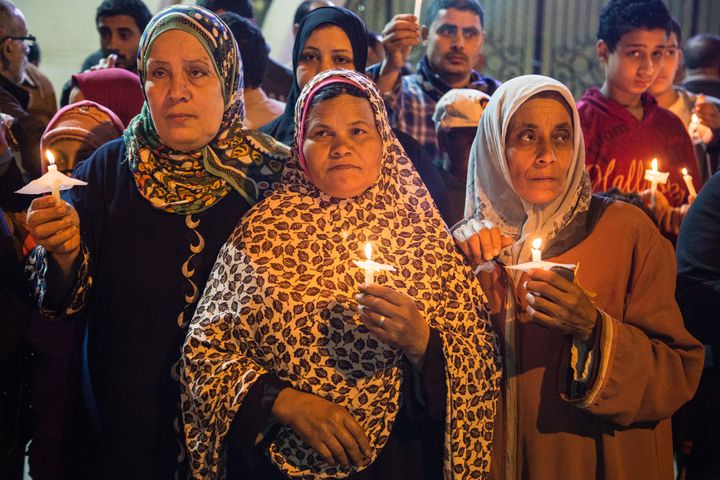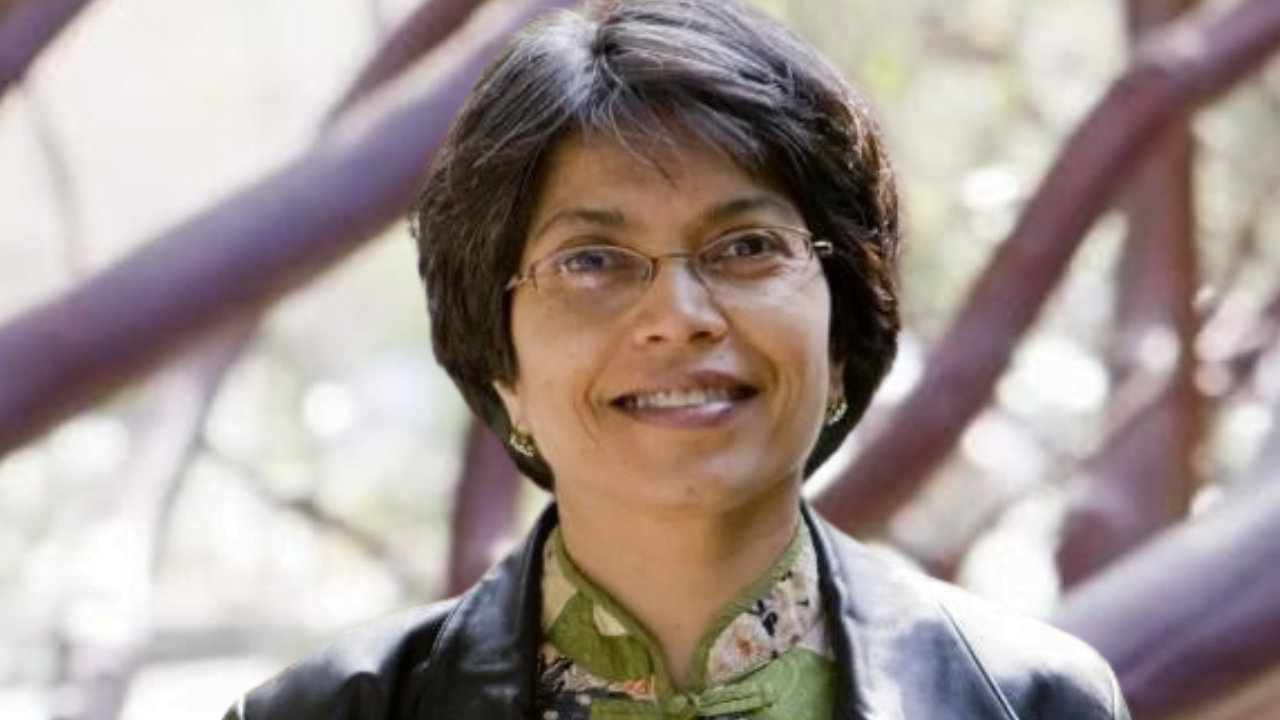In 2022, in the Indian state of Karnataka, a row emerged over Muslim students who wore the Hijab to classrooms. They were refused entry because wearing a Hijab was against the college’s uniform policy. Over the following months, several other colleges decided that they would not allow the Hijab in classrooms and there were protests and counter-protests throughout the state.
The High Court of Karnataka also ruled in favour of the Hijab-ban in a supposed attempt at implementing a Uniform Civil Code. After the 2023 elections, the new state government in Karnataka of the Indian National Congress, led by Chief Minister Siddaramaiah claimed to have called for a withdrawal of the Hijab-ban.
The Shah Bano case was a landmark legal dispute in India in 1985. Shah Bano, a Muslim woman, sought alimony from her husband after he divorced her. The Supreme Court initially ruled in her favour, a judgment that was contrary to the Muslim Family Law, stating that Muslim women were entitled to alimony under the secular law. There were protests claiming that this was an intrusion into the legal autonomy of the Muslim minority.
The Supreme Court, bowing to pressure from these groups, passed a law to overturn the decision, which in turn sparked protests from several leftist and women’s rights groups as well as Hindu right-wing political parties, both concurring with the idea that it was against the nation’s secular spirit.
The Shah Bano case in particular was what was available to Professor Saba Mahmood when she spoke for the London School of Economics and Political Science in November 2012 on a theoretical interrogation of the relationship of secularism with sexuality and family law. Her talk, titled “Secularism, Religion and Sexuality: A Postcolonial Genealogy,” discusses how personal status laws in postcolonial secular countries tend to have several implications, which will be discussed in the following sections. She considers in particular the case of the Coptic Orthodox Christian minority in Egypt for her analysis of minority identity in a secular state.
Secularism and personal status laws
Professor Mahmood is intrigued by and looks into how religious conflicts between the minority and the majority religions of a state often take place on the grounds of sexuality and family law. It is easy to back her claim, of course, when one considers that religious jurisdiction in conjunction with the secular state often concerns itself with matters of reproductive rights, LGBTQI+ rights, religious attire, family planning etc.

Mahmood cites Joan Scott and Michael Warner to try and explain the lack of research in this area. Where Warner claims that sex and secularity are naturally positioned in the modern era to be linked to each other, Scott problematises the notion that secularism has entailed an unshackling of sexuality from its religious constraints.
In her exploration of how secularism and religion often work in tandem, she focuses on the Egyptian secular state and the Coptic Christian community which is the largest religious minority in Egypt and has its own set of personal status laws.
The history of personal status laws and legal autonomy goes back to the Ottoman Empire which granted its non-Muslim citizenry religious freedom in many aspects and this was also one of the reasons why they could govern over so many faiths for more than six centuries. Contemporarily, in Europe the Archbishop of Canterbury in 2008 suggested that Britain may have to employ personal status laws like the Sharia for Muslims, inciting criticism from people who saw the practices of the Muslim minority as patriarchal or backward and considered the implementation of Sharia law as a threat to secularism.
Mahmood looks into the Sharia and how it was essentially telescoped by colonial secular powers to pertain to only family law, marriage, divorce, child custody, and inheritance, circumscribing it, and hence transforming it from a set of regional and decentralised procedural protocols to a legitimised and standardised system of regulations employed by the centralised modern state, hence relegating religion to the private sphere while making the secular state the authority that regulates it.
In her exploration of how secularism and religion often work in tandem, she focuses on the Egyptian secular state and the Coptic Christian community which is the largest religious minority in Egypt and has its own set of personal status laws.
The Egyptian State and the Coptic Christian Minority
In July 2010, Kamilia Zakher, who was married to the Coptic priest Tadros Samaan disappeared under mysterious circumstances. Her husband alleged that she had been abducted by Muslims who intended to convert her to Islam via marriage. Coptic Christians took to the streets to protest and demanded that the state track her down and return her to the Coptic church. The state security forces did exactly that and it was found that she had not converted to Islam, but run away due to problems in her marriage.
In response, Muslim factions insisted on her reinstatement into the Muslim community, leading to numerous assaults on Coptic churches. Many members of the Coptic community attribute a lethal and unprecedented explosive attack targeting a church in Alexandria in 2011 to the tensions arising from the protests related to this controversy.
A similar incident was that of Wafa Constantine, wife of yet another Coptic priest. She also went missing and there were allegations that a Muslim colleague had abducted her and married her, hence forcing her to convert to Islam. There were protests demanding her return to the church, and the Coptic Patriarch Pope Shenouda III called in a favour with the then president Hosni Mubarak with whom he had a personal relationship.
By presidential orders, the state security police found Constantine and returned her to the church authorities, and it was, yet again, found that the allegations of conversion had no truth to them, Constantine was still a Coptic Christian, and like Zakher, had left her home due to marital problems.

Both of these incidents reveal an anxiety that the Coptic church has due to its minority status and it brought issues like Coptic divorce to the forefront. The Muslims and Coptic Christians of Egypt have different sets of rules when it comes to divorce and remarriage.
The Coptic church prohibits it unless it is undertaken in cases of adultery or conversion. Muslim family laws allow for a certain amount of leeway in this aspect, but more so for men than for women. Both family laws converge when it comes to women. If a man converts to Islam, he can still legally remain married to his Christian wife. If a woman converts to Islam, her previous marriage is annulled according to both the Islamic and Coptic family laws. And therefore, the easiest way for a woman to get out of a troublesome marriage is often conversion.
The Coptic church’s anxieties about a larger Islamic conspiracy to force Coptic women into conversion seem to be unfounded. The Pope opposes efforts by the Egyptian state or the Coptic people to reform family law, viewing such actions as an unauthorised intrusion into the rights of the Coptic community and a violation of religious freedom. A considerable portion of the Coptic population shares this perspective.
Women, thus, become, as Saba Mahmood calls it, the bearers of religious identity, and the exercise of their women’s freedom is seen as a threat to the religious liberty of their community. Mahmood also cites various other liberal theorists like Iris Young, Will Kymlicka, and Charles Taylor, who seek to find a solution to this problem of the rights of minority groups on the one hand and the rights of the individuals within these communities on the other, both of which are enshrined in International law.
External interventions according to Saba Mahmood
There have been international movements in the form of the American Evangelical Society pressurising the United States government to intervene in what they deem to be the persecution of the Coptic minorities. This persecution, they claim, forces their women into conversion and modern forms of slavery like sexual slavery, which the United States’ foreign policy mandates an intervention into.
A particularly damning report by Christian Solidarity International legitimises the claims of abduction and conversion of Coptic women by Muslim men with evidence that is, as Professor Mahmood states, dubious and uneven. However, it confers a certain legitimacy upon these claims and encourages the notion of Coptic women as, to use Professor Mahmood’s words, “coerced subjects of conversion,” and not, as the cases of Zakher and Constantine exemplify, individuals subdued under the edicts of Coptic personal status law.
While Mahmood’s theory holds validity, its application varies in cases such as India, where the majority perceives a threat from the minority. The push for a uniform civil code in India is led by the majority, contending that a personal status law imposed by a secular state unfairly privileges the minority community. Widespread prejudice and fearmongering contribute to a sense of insecurity among the majority, despite its evident dominant status.
It is therefore evident that women are made to bear the “honour” of a community and their rights are often at odds with a community’s feeling of security within the country. This is of course reminiscent of the Hindu right wing’s rhetoric of “Love Jihad” that is rampant in India today. It claims that vulnerable Hindu women are preyed upon by Muslim men who seduce them, and under the pretext of a disingenuous relationship, marry and convert them.
While Mahmood’s theory holds validity, its application varies in cases such as India, where the majority perceives a threat from the minority. The push for a uniform civil code in India is led by the majority, contending that a personal status law imposed by a secular state unfairly privileges the minority community. Widespread prejudice and fearmongering contribute to a sense of insecurity among the majority, despite its evident dominant status.
Addressing personal status laws of the minorities in such cases thus necessarily has a motivation rooted in religious conflict. This bias could perhaps be rectified by deferring to individuals who are situated at the intersection of both a minority religion and a marginalised identity within that religion. Religious family laws could be modified according to the experiences of these individuals and not according to the perceptions of the supposedly secular state or the seemingly concerned majority.
In conclusion, Mahmood tries to draw attention to how the conflictual engagements of the secular state laws and the personal status family laws more often than not concern gendered issues and matters of sexuality. In doing so, she does not claim that religious family laws cannot be reformed to be more inclusive and fair for the women of the community but problematises how an attempt to do so is inherently at odds with general mainstream perceptions of religious liberty. Thus, she claims, “secularism is not simply the answer to the problem, but also constitutes it.”
About the author(s)
Adrita Bhattacharya is a Computer Science graduate from Vellore Institute of Technology and is currently pursuing a degree in English and Cultural Studies at Christ University. She has a keen interest in Linguistics, Gender Studies, and Digital Humanities.






